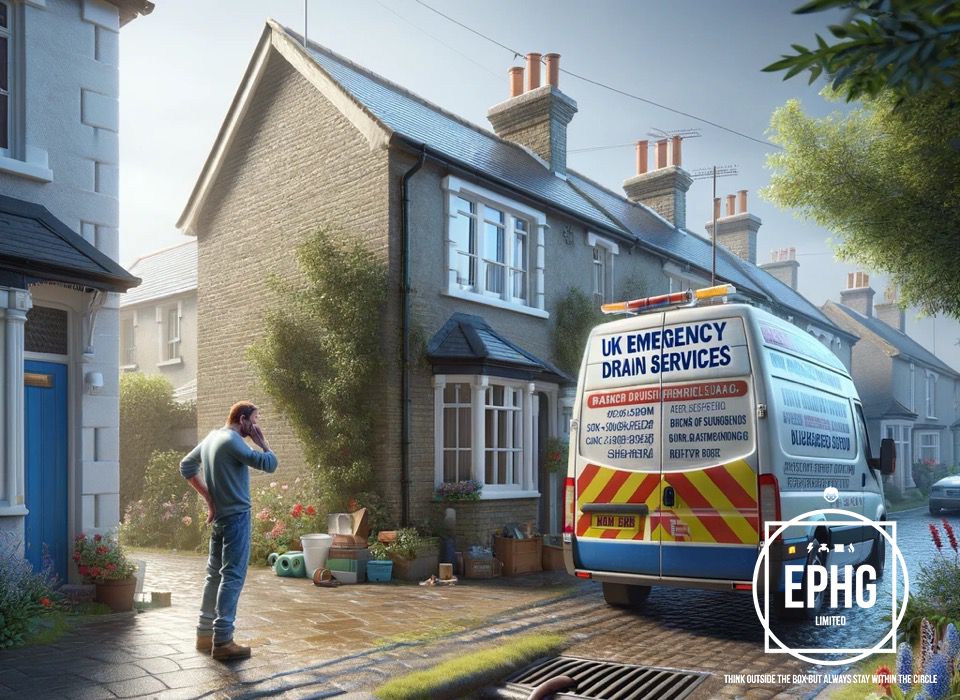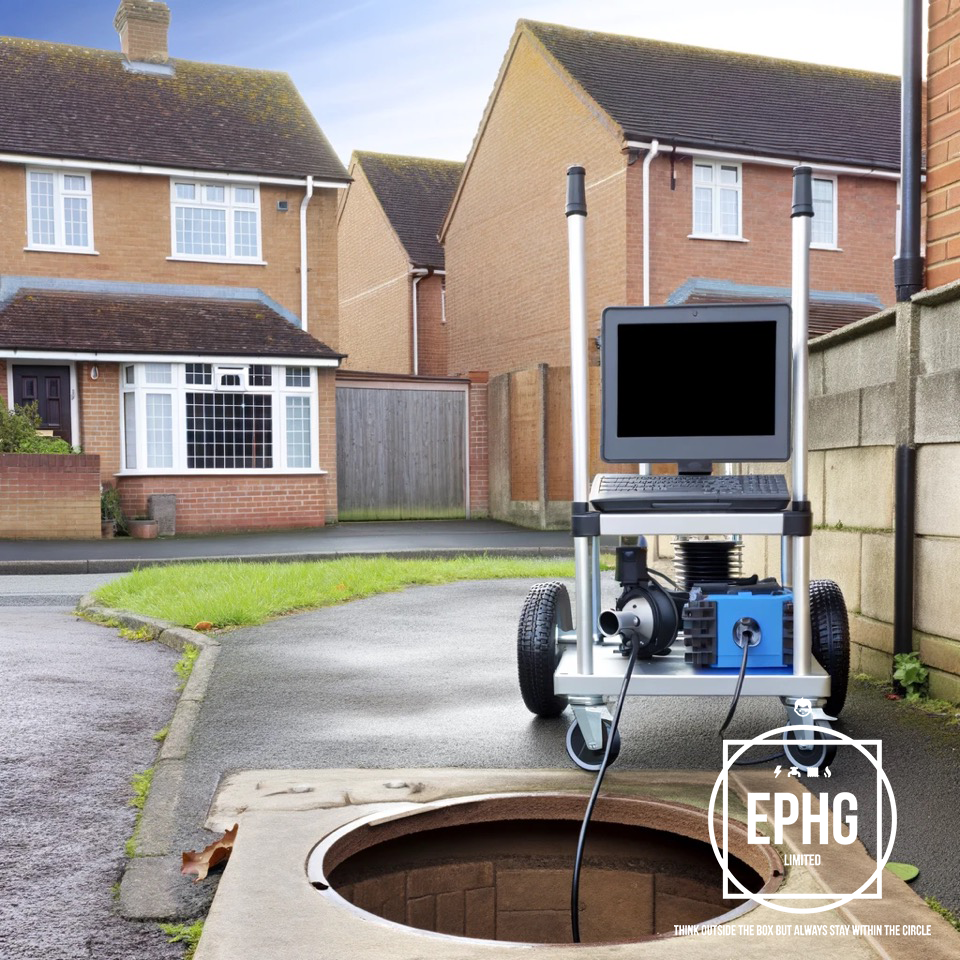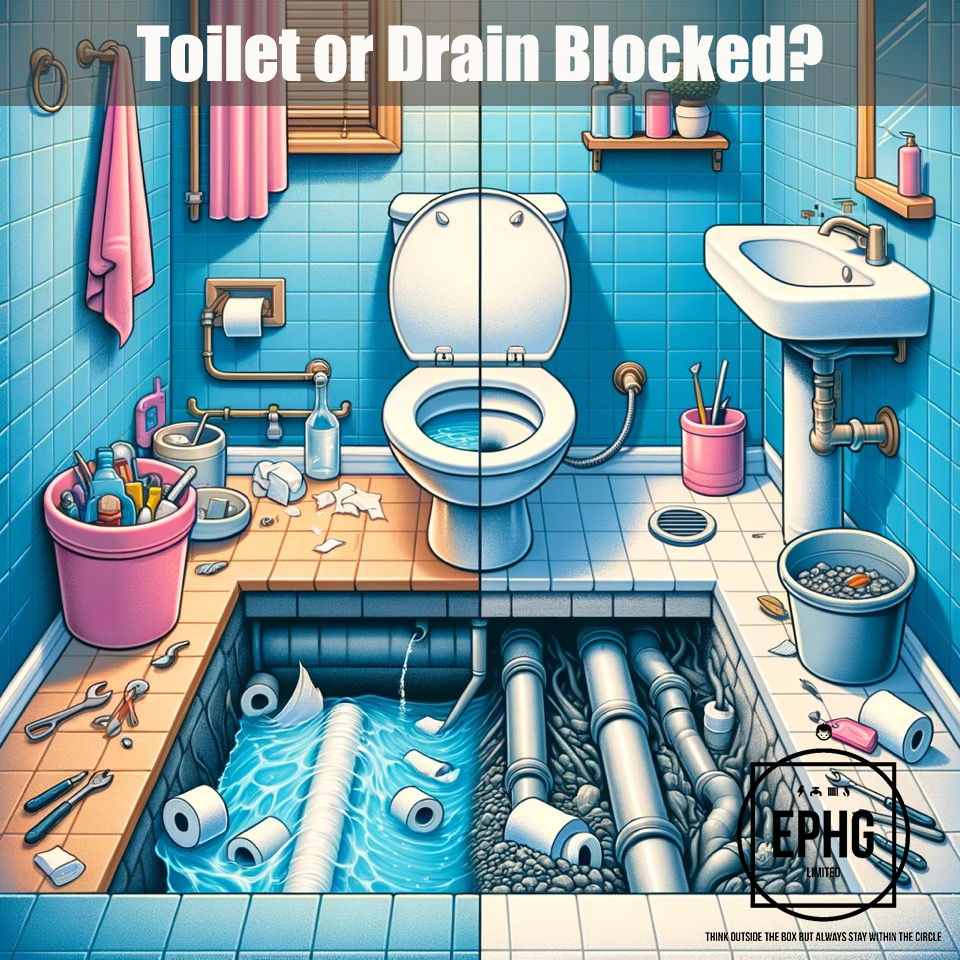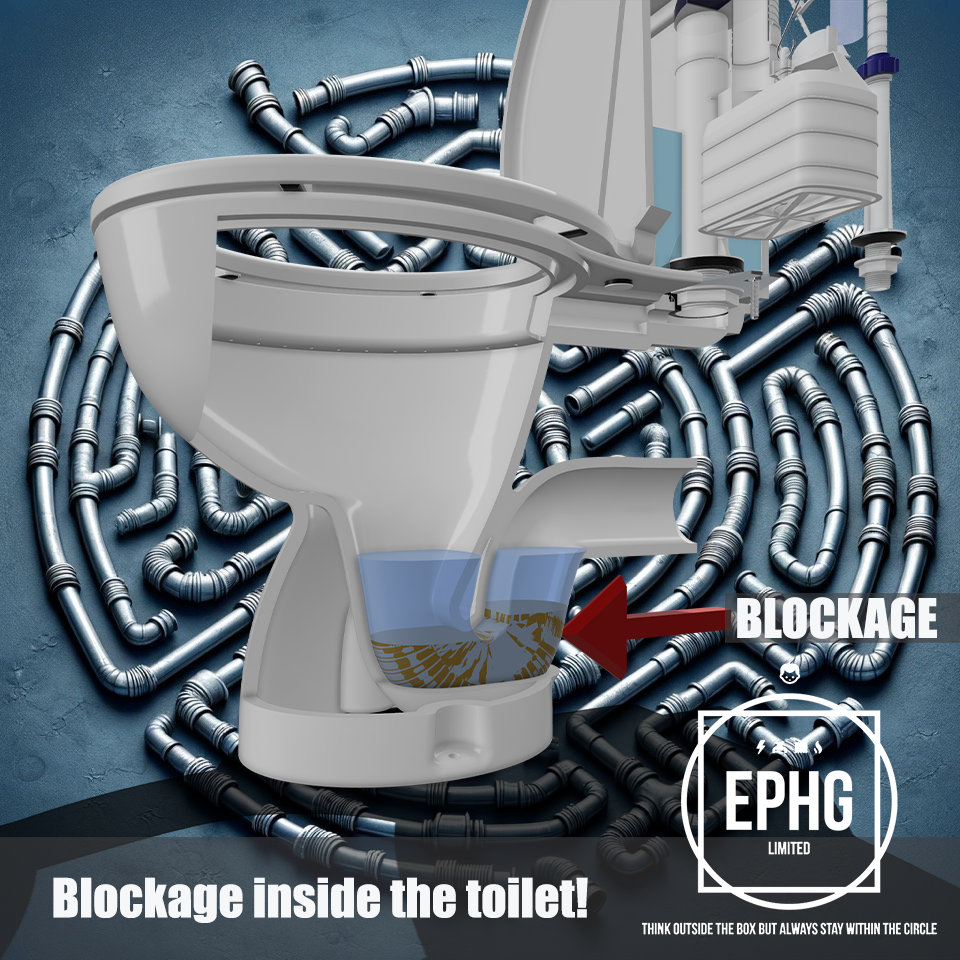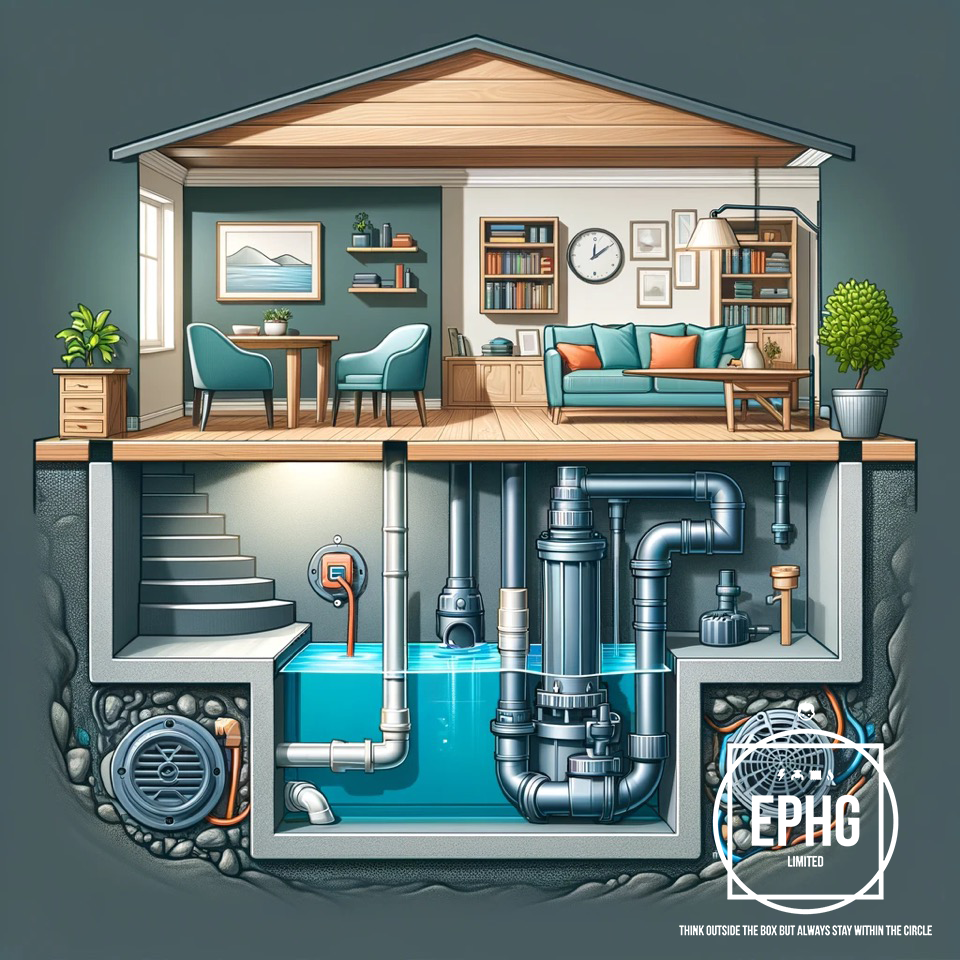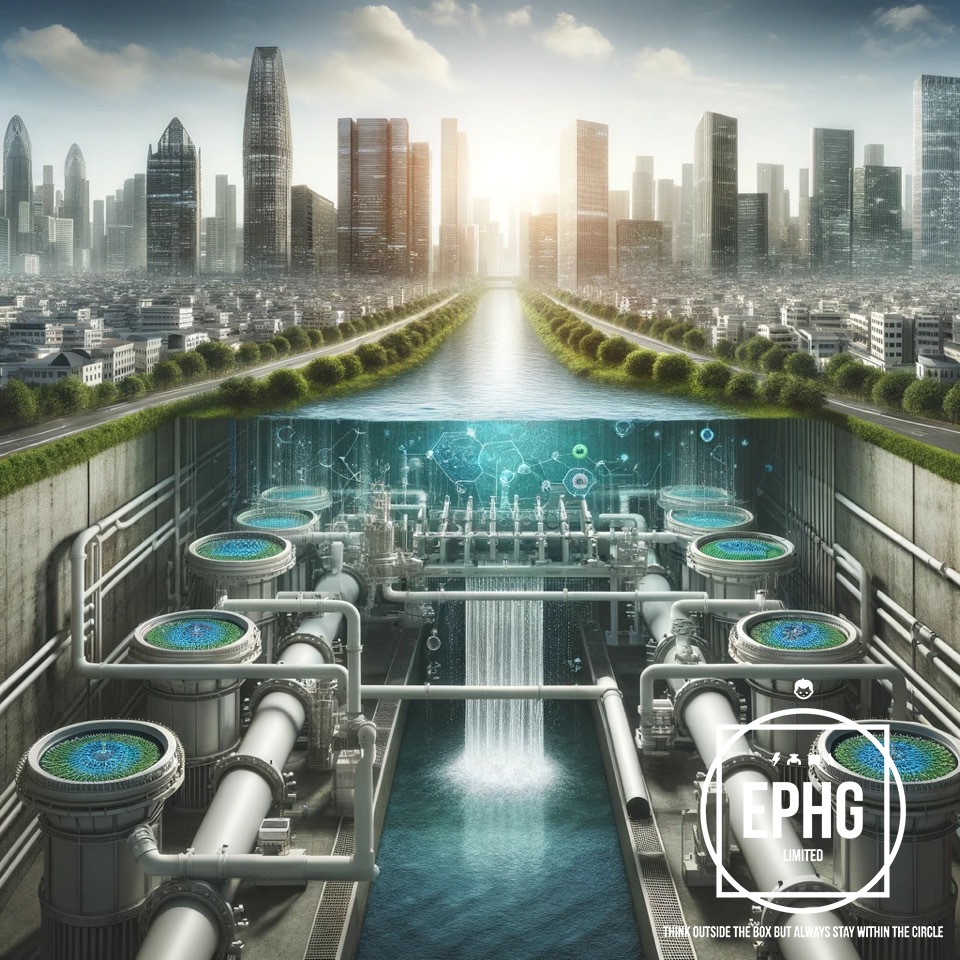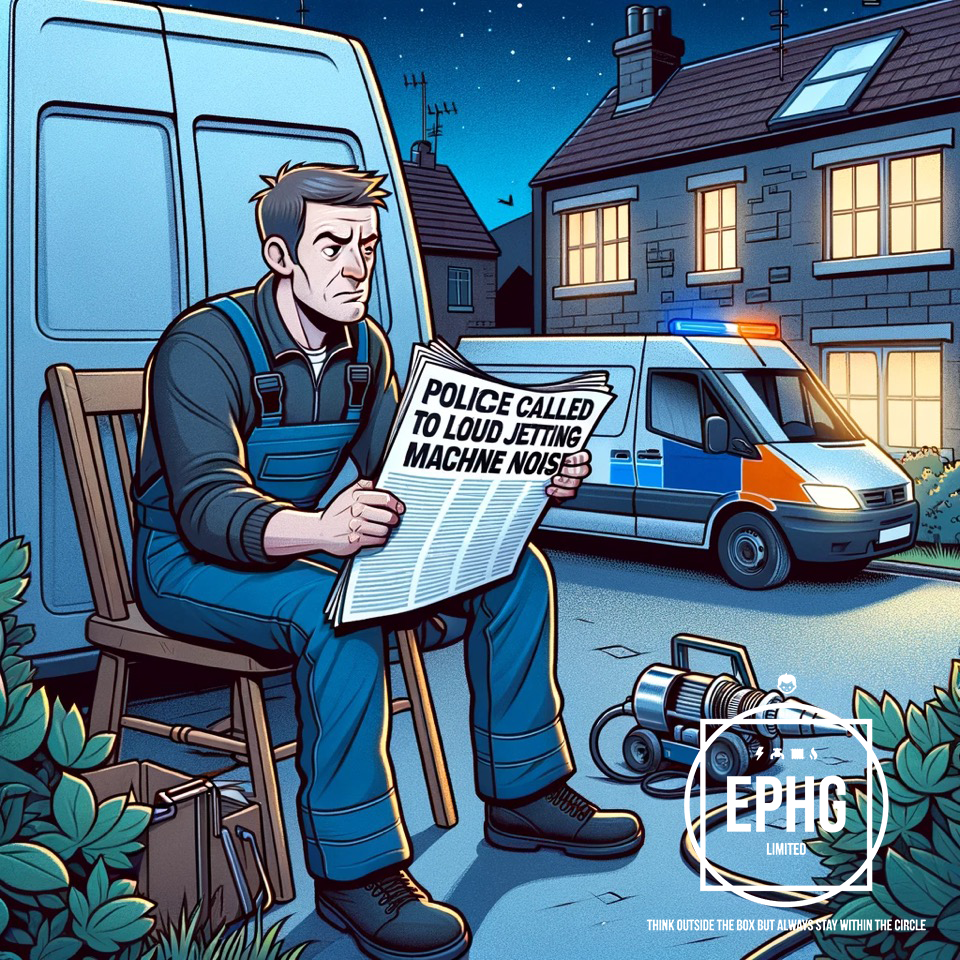
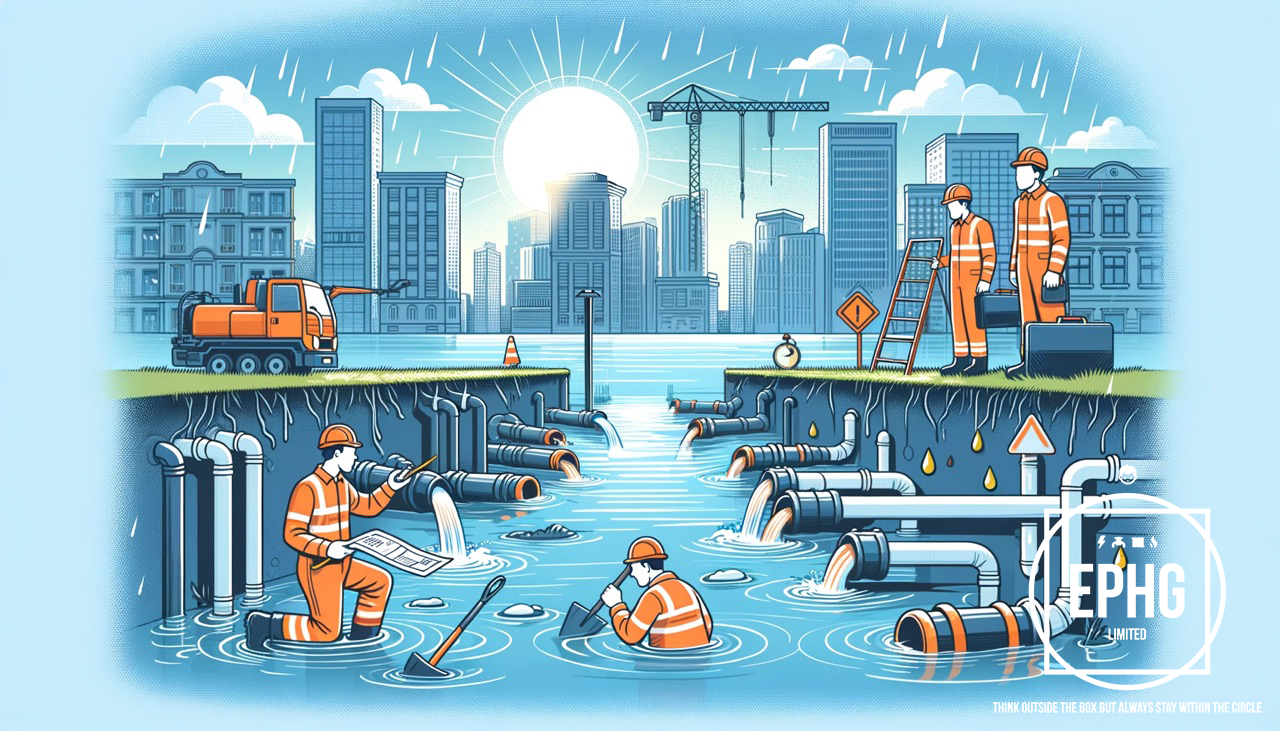
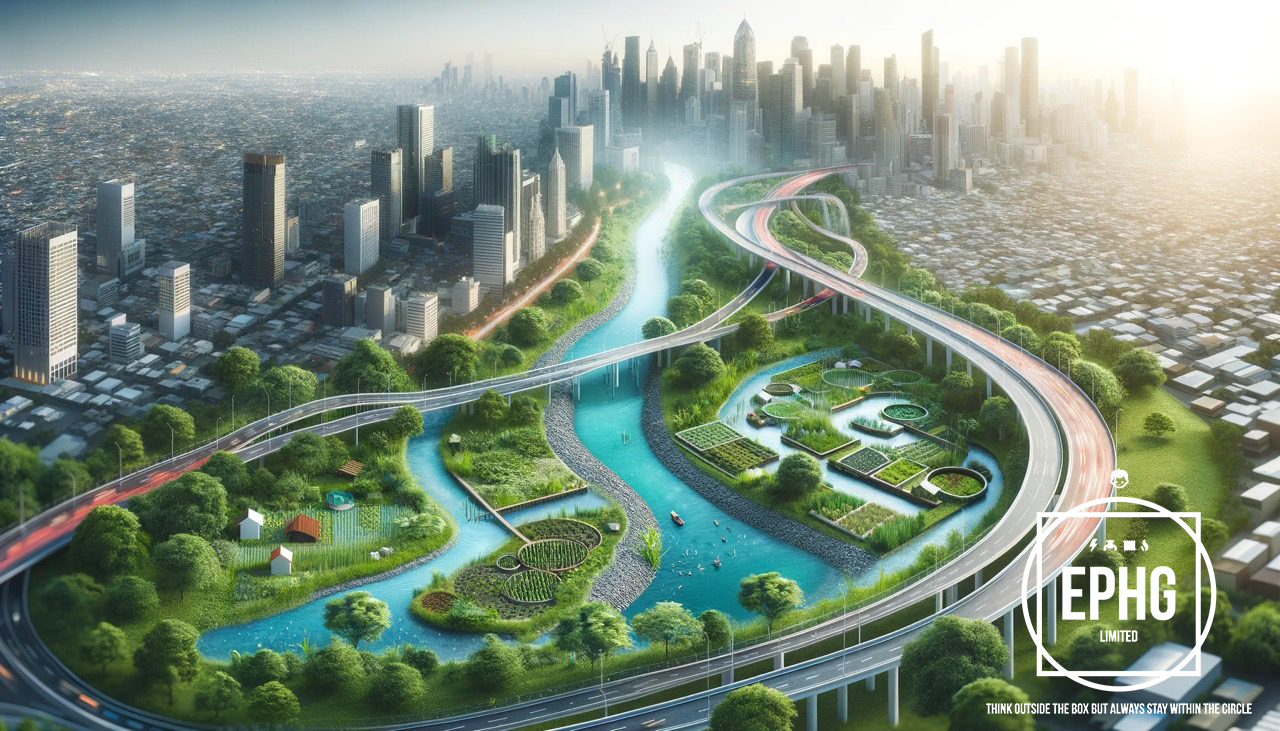
Stormwater Management: Navigating Rainwater Challenges with Sustainable Solutions
In recent years, the importance of effective rainwater & stormwater management has become increasingly evident, particularly as urban areas continue to expand and face the challenges posed by increased rainfall and flooding. This has led to a growing interest in rainwater management techniques that not only alleviate flooding but also contribute to the sustainability of urban environments. This article delves into the intricacies of stormwater and rainwater management, highlighting the role of emergency drainage engineers and the adoption of Sustainable Urban Drainage Systems (SuDS) as pivotal components in addressing urban flooding issues.
Understanding Stormwater and Rainwater Management
Stormwater management refers to the process of controlling and managing surface runoff to prevent flooding, erosion, and water pollution. Rainwater management, while similar, often focuses more specifically on harnessing and redirecting rainwater for beneficial uses. Both practices are crucial in urban settings where impermeable surfaces prevent water from naturally infiltrating the ground, leading to increased runoff and potential flooding.
The Role of Emergency Drainage Engineers
Emergency drainage engineers play a vital role in stormwater and rainwater management. They are tasked with designing, implementing, and maintaining drainage systems that efficiently manage rainwater to prevent flooding and mitigate its impact. These engineers are often the first responders during flood events, providing critical services to ensure public safety and protect property. Their expertise in hydraulic modeling, infrastructure design, and flood risk assessment is indispensable in developing effective stormwater management strategies.
Sustainable Urban Drainage Systems (SuDS): A Green Solution
The concept of Sustainable Urban Drainage Systems (SuDS) has gained traction as an environmentally friendly approach to managing stormwater. SuDS aim to mimic natural water processes, promoting the infiltration, evapotranspiration, and reuse of rainwater. These systems can include green roofs, permeable pavements, rain gardens, and constructed wetlands. By incorporating SuDS into urban planning, cities can enhance biodiversity, improve water quality, and reduce the risk of flooding, all while creating more aesthetically pleasing environments.
Integrating Stormwater and Rainwater Management into Urban Planning
The integration of stormwater and rainwater management into urban planning is essential for developing resilient cities. This involves adopting a holistic approach that considers the entire water cycle and engages multiple stakeholders, including urban planners, architects, engineers, and the community. By prioritizing green infrastructure and sustainable practices, cities can better manage rainfall and mitigate its adverse effects.
Conclusion
Effective stormwater and rainwater management are critical in addressing the challenges posed by urbanization and climate change. By leveraging the expertise of emergency drainage engineers and adopting Sustainable Urban Drainage Systems, cities can enhance their resilience to flooding while promoting sustainability. As urban areas continue to evolve, the importance of integrating comprehensive water management strategies into urban planning cannot be overstated. Through collaborative efforts and innovative solutions, we can create more sustainable and flood-resilient urban environments.


